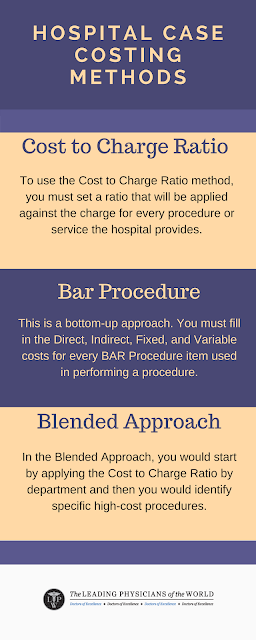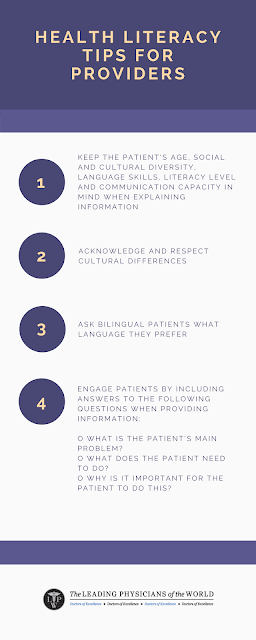RHCs and FQHCs for Chronic Care Management

Chronic diseases such as cancer, stroke, cardiovascular disease, arthritis and diabetes are the leading causes of death and disability in the United States and throughout the world. Statistics show that more than 40% of U.S adults suffer from chronic diseases making the diseases responsible for about 23% of all hospitalizations in the U.S. Statistics show that cancer and heart disease account for more than 50% of all deaths among elderly people. Although some chronic diseases are very common and costly, many of them can be managed. Many of them are linked to lifestyle choices that one is capable of changing. Engaging in physical activities, eating nutritious foods and quitting smoking are some of the measures many can take to prevent and manage chronic diseases. Chronic Care Management You can manage chronic diseases at home, but not all of them. Also, some stages of chronic diseases need medical attention. This is the reason why chronic care management (CCM) ...



